There are so many things in the world that we may admire or even get inspired by, but there’s one main thing we may want to fall in love with before we start noticing the beauty of other things. It’s our own reflection in the mirror. Among all the numerous recipes for conjuring up self-love within ourselves, psychologists advise us to never compare ourselves to others and stop caring about other people’s opinions. Actress and producer Lena Dunham knows a lot about cultivating love for her own body despite all the criticism she faced, and she happily shares her journey with us all.
Lena Dunham doesn’t accept the term “body positivity,” and here’s why.
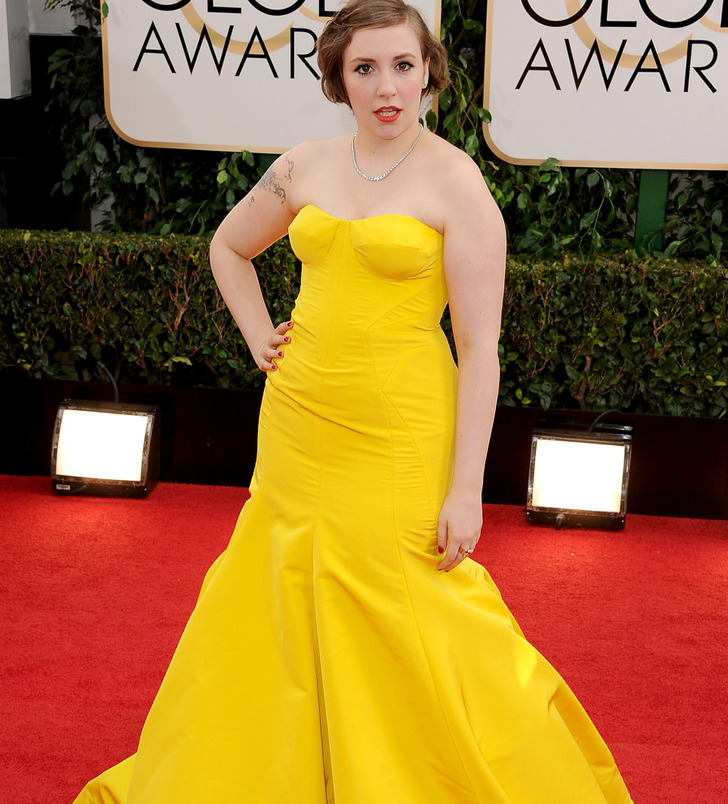

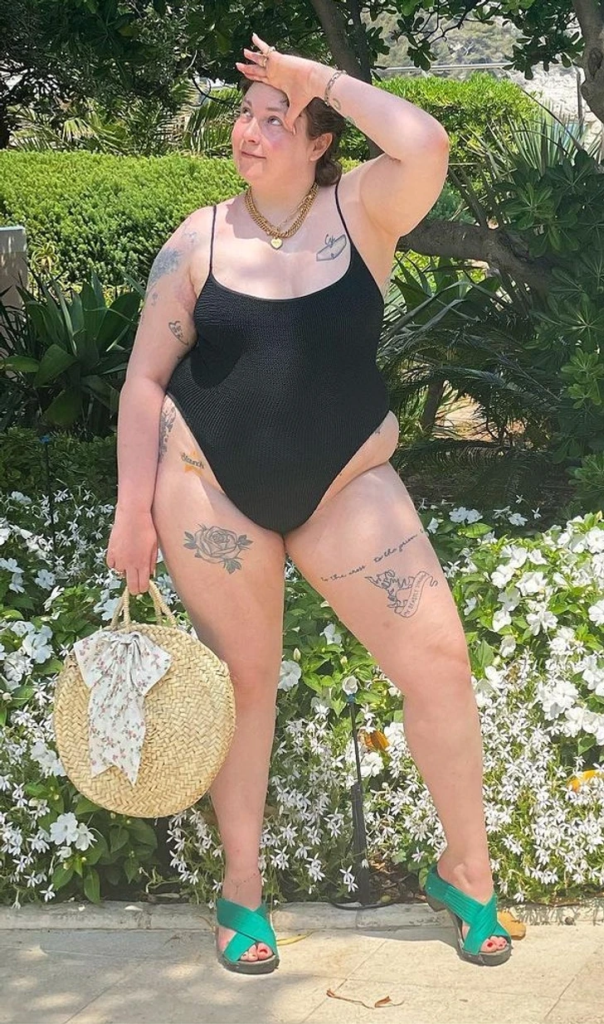
Actress and writer Lena Dunham has recently added another string to her bow and collaborated with the brand 11 Honoré to create a plus-size clothing collection. But the very term “plus size” frustrates Lena, and so is the term “body positivity.” In one of her Instagram posts, she explains that she feels more “body tolerant” than “body positive.”
In her interview, Dunham said, “The thing that’s complicated about the body-positive movement is it can be for the privileged few who have a body that looks the way people want to feel positive. We want curvy bodies that look like Kim Kardashian has been up-sized slightly. We want big beautiful butts and big beautiful breasts and no cellulite and faces that look like you could smack them onto thin women.”
Dunham has a very special relationship with her own body.
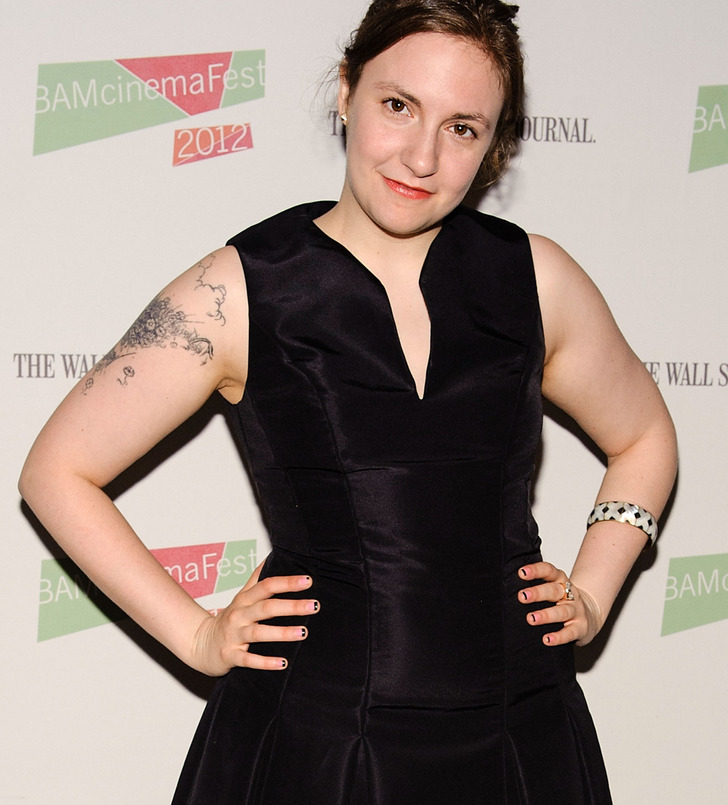
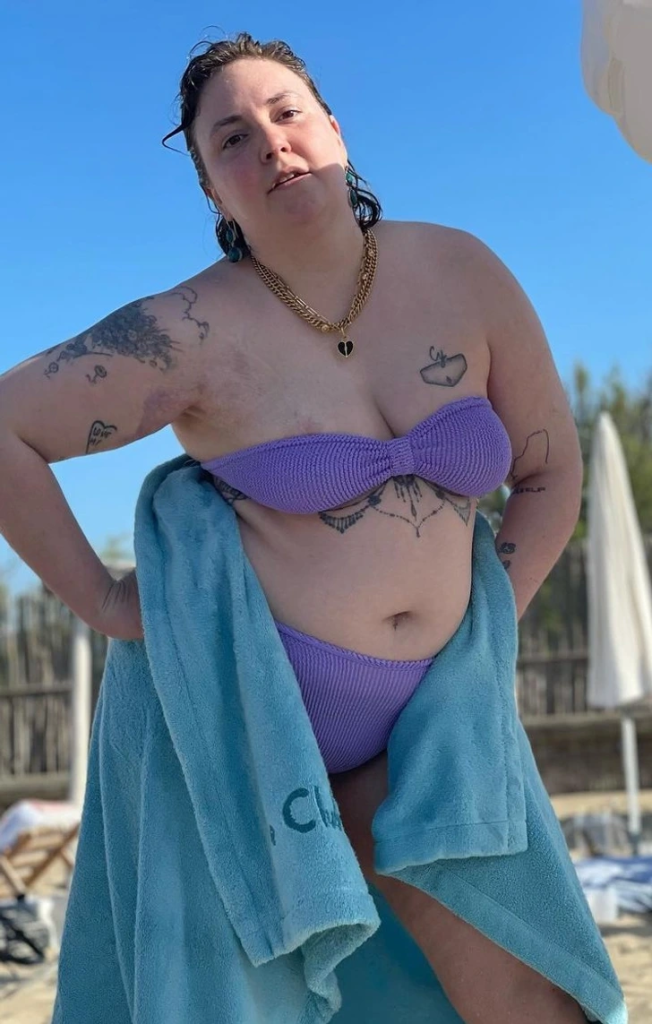

Dunhams path to self-love started with a decade-long journey with endometriosis. Since she started her own fight against it, she has been candidly sharing how it influenced both her emotional health and her relationship with her own body image. In her Instagram post, she emotionally described how she fluctuated between loving her body and the opposite.
She wrote, “Ya know when you’re home alone, and you realize you’d be happier in a hot lil’ onesie than your ketchup and cat food stained pajamas? And it’s not about a boy or a photo shoot or a weight loss before-and-after, it’s just for the feeling of glee you get from dressing your one and only corporeal form in pleasing fabrics, the unique pleasure of admiring the twists and turns of the body that loves the heck out of you even when you don’t love it.”
Dunham is powerfully addressing all people who come to her page with criticism.



In 2021, Dunham tied the knot with musician Luis Felber. It was such a darling event for her that she wore 3 wedding dresses to marry her love and shared the photos on her Instagram. However, she started getting some “gnarly” comments in her feed from people who commented on her body and appearance. The actress didn’t hesitate for a minute to address them with a powerful message.
She wrote, “One narrative I take issue with, largely because it’s a story I don’t want other women, other people, to get lodged in their heads, is that I should somehow be criticized because my body has changed since I was last on television. […] But lastly, when will we learn to stop equating thinness with health/happiness?”
Dunham’s powerful message can be echoed in the hearts of many.
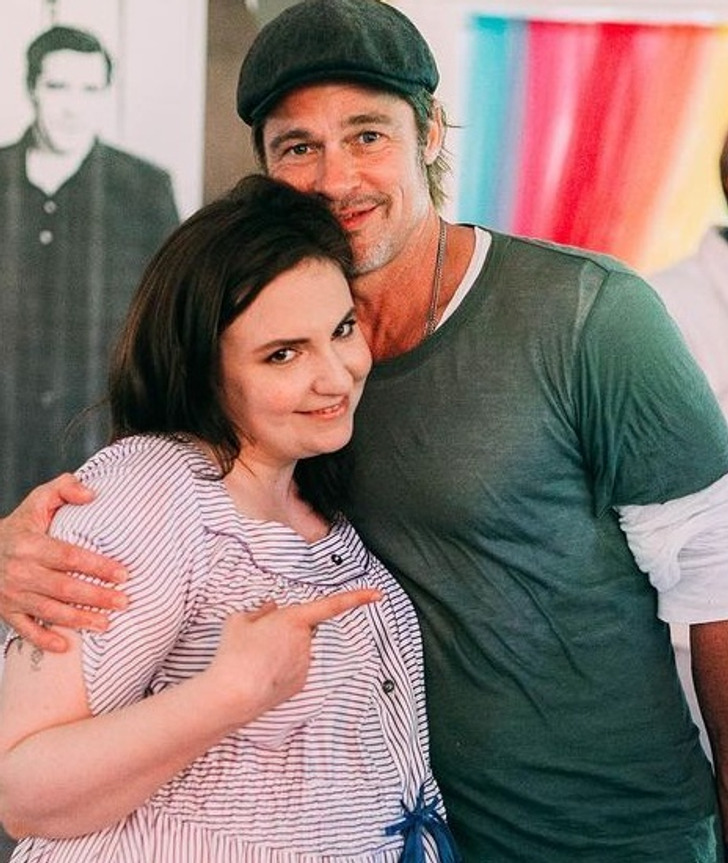
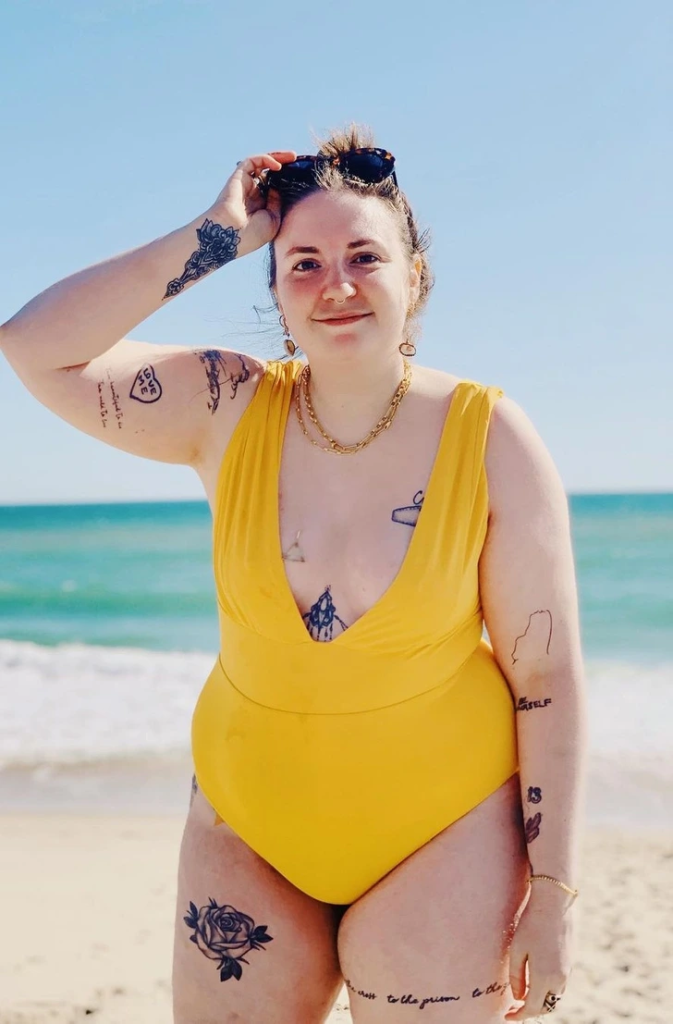
For all people who have ever hesitated about embracing their body image, Dunham has some simple yet wise advice. She says, “Of course weight loss can be the result of positive change in habits, but guess what? So can weight gain. The pics I’m being compared to are from when I was with an undiagnosed illness. In the last 4 years, I’ve begun my life as someone who aspires toward health and not just achievement.
These changes have allowed me to be the kind of sister/friend/daughter that I want to be and yes — meet my husband (who, by the way, doesn’t recognize me in those old photos because he sees how dimmed my light was). I say this for any other person whose appearance has been changed with time, illness, or circumstance — it’s okay to live in your present body without treating it as transitional. I am, and I’m really enjoying it. Love you all.”
Do you find Lena Dunham’s example inspiring? What do you love the most about your appearance?
Preview photo credit Steve Granitz / WireImage / Getty Images, lenadunham / Instagram
A father sparks an online debate after rocking his daughter’s head for 45 minutes to help her sleep during a flight

These days, it’s not unusual to see people debating various topics on the internet.
It could be argued that it was unavoidable, as gathering millions of people in one location and allowing them the liberty to voice any opinion, no matter how diametrically opposed, would inevitably lead to spirited discussions.
Although contentious images and films are becoming commonplace on the internet, that doesn’t mean they aren’t worth seeing when they occur. We have discussed a lot of these subjects here at Newsner in the past. We thought it would be worthwhile to share the image of a father and his sleeping daughter on an airplane that had garnered a lot of comments.
The argument started when Reddit user u/therra123 posted a picture of a father and daughter cuddling on the r/MadeMeSmile discussion thread.
An image of a girl curled up in her aisle seat on a flight was submitted by the user. Her father had put his palm under her cheek, preventing her from resting her head on the armrest, which, as anyone who has ever used one will tell you, is a rather crude and merciless pillow.
“This man held his hand in this position for 45 minutes so his daughter could sleep well,” says the caption for the image on Reddit.
We have to say at this point that, in our judgment, this is just a father going about his business. Although the message was appropriately dubbed “heartwarming moments,” some Redditors didn’t agree.
The father was harshly criticized for his behavior; some people just said that he should have done a better job.
With thousands of comments and almost 60,000 votes, the post became viral immediately. Reactions included things like:
“I think there must be a better way to handle this.”
“Don’t you have your blanket?” said another. Bringing a blanket is the most crucial item to remember.
“This demonstrates a clear lack of creativity in problem-solving,” said a third person. forty-five minutes and you were unable to come up with a workable answer. Hey!
A fourth person wrote, “Seriously. Simply roll up a hoodie to create an instant pillow. Alternatively, here’s an absurd suggestion: ask a flight attendant for a cushion and blanket.
However, other people showed the father and his gesture more tolerance. Interestingly, we also find ourselves in this category!
How about you? Did you find it inappropriate that the father used this flight to serve as his daughter’s makeshift pillow? Let us know how you feel by leaving a comment.
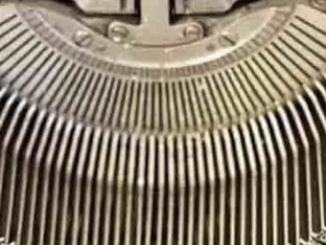


Leave a Reply